5 types of sustainable farming you can do
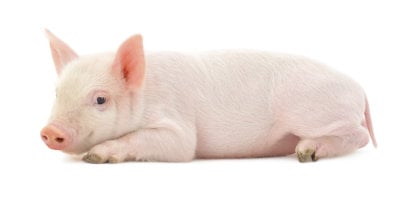
Do you dream of starting your own hobby farm or homestead?
Perhaps you’d like to try your hand at farming as your sole business or side business to help support your family.
If this sounds like you, then you’ll want to familiarize yourself with one of the hottest, fastest-growing trends in farming: the multi-billion dollar business of sustainable agriculture.
With genetically modified crops banned in upwards of 26 countries, and the health and environmental consequences of pesticide-based farming becoming impossible to deny, more and more farmers are turning to progressive, holistic, and common-sense methods of sustainable farming.
But what makes a farm sustainable? And how does a person begin to learn the ins and outs and dos and don’ts of this burgeoning industry?
The first step in understanding sustainable farming is to familiarize yourself with the industry’s most popular, profitable and proven best-practices.
Should you (or can you) get certified organic? What in the world is grass farming? And how can a small-scale farm break into the multi-billion dollar natural foods market on a shoestring budget?
We’ll answer all those questions and more coming up as we explore the whats, whys and hows of sustainable agriculture.
Certified Organic
It’s the now-trendy label we all know and love.
Certified organic is considered the gold-standard in environmentally friendly farming and has exploded into a $35 billion (and growing) market. And you can see why.
Studies have proven organic produce has significantly higher levels of Vitamin C, iron, magnesium, phosphorus and antioxidants, and reduces children’s exposure to the harmful side effects of agricultural pesticides.
There are many requirements for organic certification that vary depending upon the type of farm being inspected (produce, meat, dairy, eggs, etc.). Here are some of the highlights:
-
The farm must be annually inspected by the USDA for a fee (determined by the size and scope of the farm).
-
The farmer must provide documentation including yields and projected annual sales and keep detailed records for future inspections.
-
The land must not have been treated with any prohibited pesticides, herbicides, or fungicides for a minimum or 36 months.
-
The farm must only use approved non-chemical, non-synthetic, non-toxic substances for pest, weed, and fungi control.
-
The farm must conserve biodiversity and protect natural resources.
-
No GMO seed or feed may be used on the farm.
Though becoming certified organic requires some extra effort in terms of record keeping, fees, inspections and restrictions, it can be well worth it when it comes to selling your products for top-dollar.
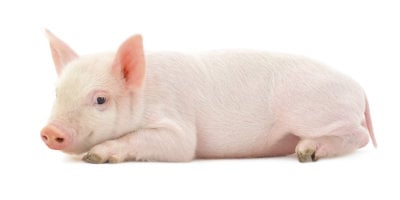 Is it worth it for the small farm? Ultimately it depends on your market, budget, products and goals.
Is it worth it for the small farm? Ultimately it depends on your market, budget, products and goals.
Many small farms that wish to stay small, sell local and grow organic choose the Certified Naturally Grown route—which we will cover next.
To learn more about organic certification visit: the USDA’s “Guide for Organic Crop Production”.
Certified Naturally Grown
If you frequent local farmers’ markets or belong to a CSA you’ve probably come across the label: “Certified Naturally Grown” or CNG.
For small farms with small budgets, or those that target the local, health-conscious market, this label can be as good as “certified organic” without the cost or headache of dealing with the USDA.
Here are the basics of Certified Naturally Grown:
-
Certified Naturally Grown (CNG) is a non-profit organization that certifies small farms that follow organic standards but do not wish (or cannot afford) to obtain government organic certification.
-
Those seeking CNG certification must complete an application, pay an annual fee ($200 is recommended though you can pay less), and have their farm inspected by a CNG inspector annually.
-
Inspections are required for certification and are completed by other CNG farmers. There is no USDA involvement.
-
As a CNG member you are asked to complete one inspection of another local farm once per year.
-
Consistent with organic certification standards, any farm wishing CNG certification must be chemical pesticide, herbicide, and fungicide-free for at least 3 years; adhere to the approved list of pest, weed, and fungi control measures; and use no GMO seed or feed.
-
Some documentation is required, but record keeping is not as labor-intensive as with the USDA’s organic program.
To learn more about the Certified Naturally Grown process, membership benefits or to find a local farm, visit their website: www.naturallygrown.org.
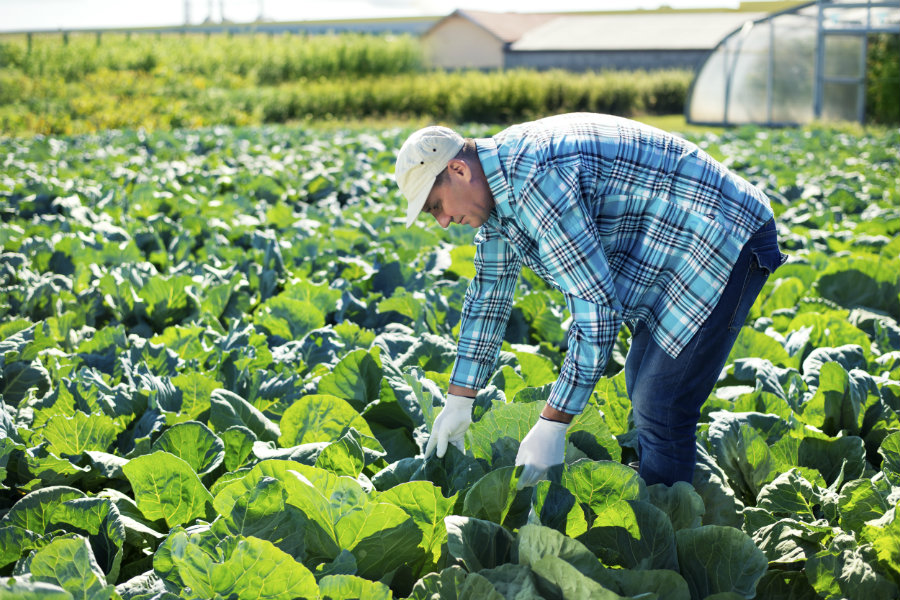
Biodynamic
Biodynamic agriculture is not widely known, but is growing in popularity thanks to a handful of influential and progressive vineyards.
Founded by Rudolf Steiner (also the founder of the Waldorf Schools) in 1920, it takes principles of organic, integrative, sustainable farming to a whole new cosmic, spiritual and fascinating level.
Biodynamic farmers employ the use of fermented manure, compost, minerals and herbs to restore the farm’s soil and enhance the life force and nutrition of the foods. Farmers also use principles of homeopathy and harvest their crops according to cycles of the moon and alignment of the planets.
Sound hokey? Maybe. But biodynamic principles are proving sound on a large scale.
Advocates of biodynamics claim it enhances soil quality; generates more nutritious produce, milk, and meat; and produces higher yields. And, if you target the right customers, you can charge a beyond-organic premium for your cosmically-green goods.
Some of the world’s most successful wine producers, and their discerning patrons, are singing its praises...just check out this article entitled “Biodynamics: The Next Trend” published in Food and Wine.
I must admit, the biodynamic food and wine I have partaken in is the best I’ve EVER had. If you can call a food “enlightening” (besides chocolate) this is it.
To learn more about the esoterically fascinating world of biodynamics visit: www.biodynamics.com.
Permaculture
Permaculture is a nature-based property design system that encompasses ultra-sustainable farming practices, habitat, recreation, and fuel.
In other words, by applying permaculture principles a landowner can discover independence and self-sufficiency by creating an interconnected ecosystem that mimics nature’s efficiency and wisdom. Thus, permaculture is popular amongst homesteaders or those aspiring to live “off the grid.”
A permaculture practitioner may position a garden or forest to provide shade or wind protection to a farm and house; produce may be grown on sloped mounds (known as “swales”) to make gravitationally efficient use of rain water; and man-made ponds are also built to capture water and encourage a beneficial aquatic eco-system for plants, fish and wildlife.
There’s even instruction on how to build your own natural swimming pool, heat your house using barely any wood, forest farming and growing your own medicinals.
Though not super well-known in the United States, permaculture has become common in Australia and other drought-prone nations as a highly efficient way to collect, conserve and utilize water.
Though most of us don’t have the skill, time or resources to apply all the principles of permaculture, it’s definitely worth learning about as you design your ideal property.
To learn more about permaculture principles visit: permaculture.org.
For info specific to homesteaders The Resilient Farm and Homestead is a must-read and the author also offers permaculture design services and consulting here: http://www.wholesystemsdesign.com/.
Grass Farming
Grass farming is the practice of humanely raising animals for meat or milk on their natural diet, namely pasture.
Cattle, pigs, sheep, goats, chickens, ducks, etc. are free to roam, root, peck, scratch, fish and forage while being true to their nature.
A return to pasture-based animal husbandry could be one of the MOST important contributions a farmer can make to the future of our planet and the health of our families, neighbors and community. Here’s why:
Conventional animal husbandry practices typically mean raising animals in confined animal feeding operations (known as CAFOs) for all or a portion of their lives. In the simplest terms, any animal unfortunate enough to be raised or transferred into a CAFO is exploited, abused and neglected in the worst of ways.
Robbed of their basic rights of existence and nature, they’re cooped up, caged, stressed out, medicated, mutilated, inseminated, often deprived of sleep and proper nutrition, and fed an unnatural diet of grain, soy, hormones, animal by-products and medication.
Animal welfare aside, CAFOs have become a HUGE environmental issue because of the toxic manure and waste products.
According to the EPA, mismanaged runoff from these plants degrades the air, water and soil with pathogens, excess nitrogen and phosphorus, heavy metals, hormones and ammonia. When lakes or lagoons become contaminated, all the fish die, wildlife suffers and algae blooms grow out of control. Dust and odors can contribute to or cause respiratory illness, and are a huge issue for factory workers and locals.
Just recently a father and son died tragically from hog manure fumes at their hog CAFO in Iowa.
CAFOs have become popular because they are cheaper to run than a grass farm, therefore meat can be produced quickly and sold inexpensively.
But one would have to ask, given their health impacts on the animals, environment, workers, and surrounding communities, cheaper for whom?
Grass farming requires a good bit of hands-on work, trial and error, and a passion coupled with a deep respect for the animals and their environment. But it doesn’t have to be overly complicated, and given the current market demand for grass-fed meat, poultry, milk, and eggs, it can be very lucrative.
With its recent surge in popularity, it is not difficult to find a mentor, take some courses, and learn how to set up a system that works on your land fairly quickly.
For an inspiring read on what it takes to run a grass farm check out our previous article featuring a sustainable female grass farmer.
This is by no means an exhaustive list of every sustainable farming practice out there, but it should be enough to give a glimpse of the potential financial, environmental and personal rewards of hopping on the green-farming train.
To learn more about how sustainable chemical-free agriculture can make the world a healthier place, visit: www.rodaleinstitute.org or check out: http://www.acresusa.com.
Are you looking for rural land to set up your dream farm? View land for sale throughout the South in Florida, Georgia and Texas on our parent company's website at RaydientPlaces.com.
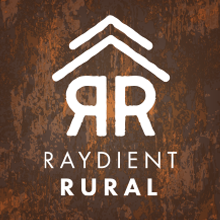






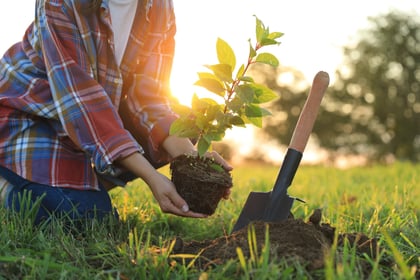
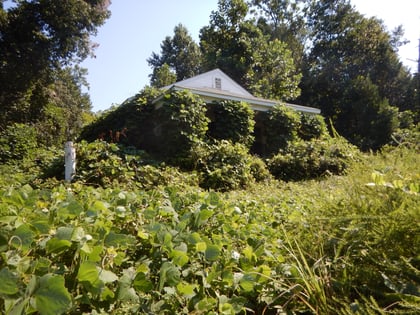
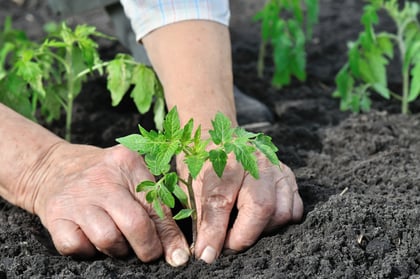

Your email address will not be published. Required fields are marked*